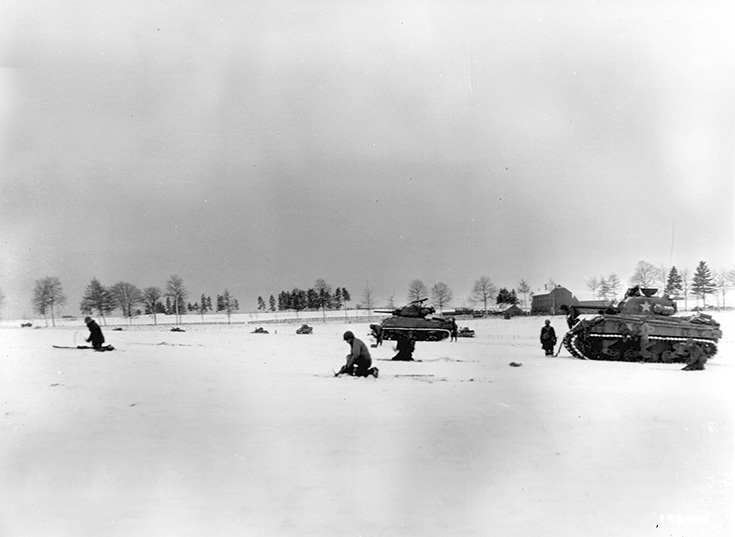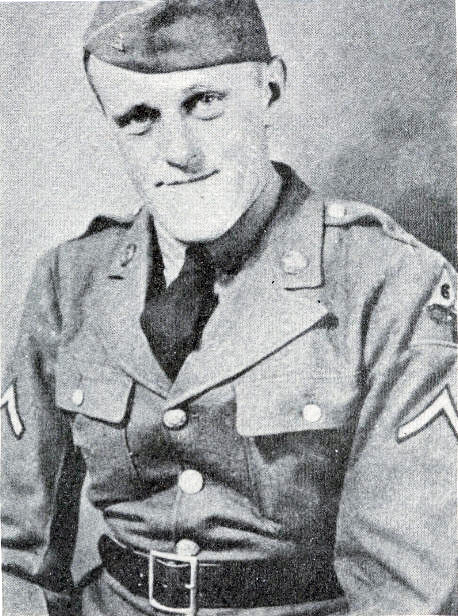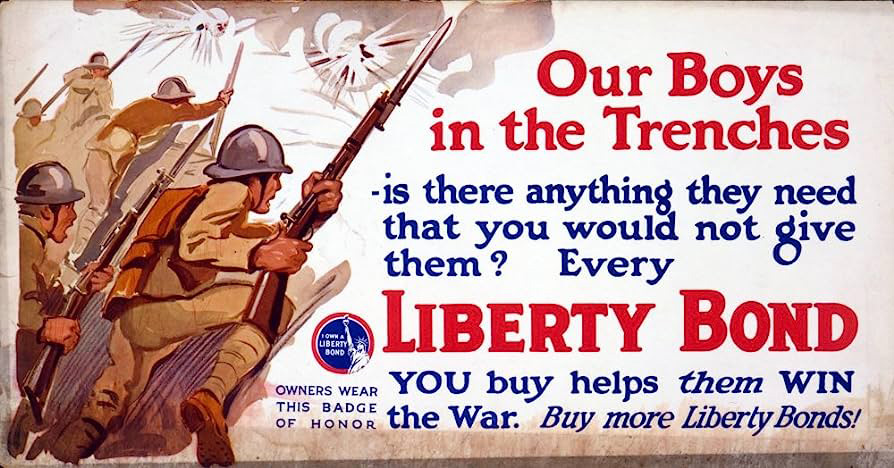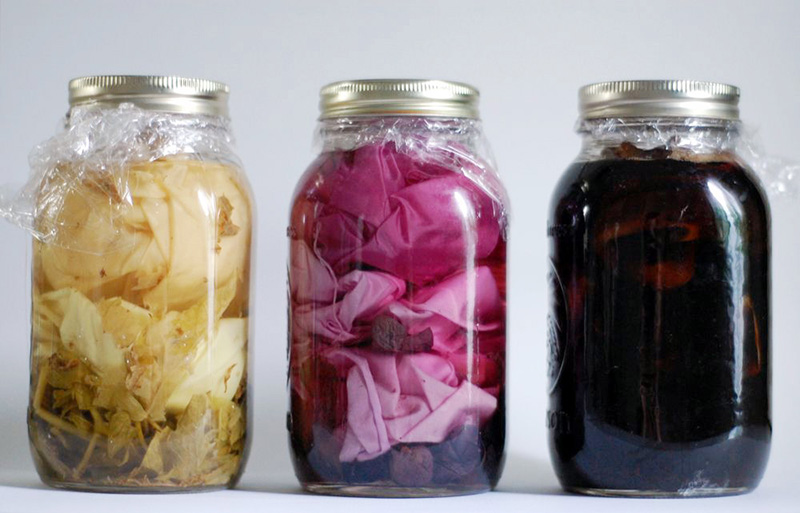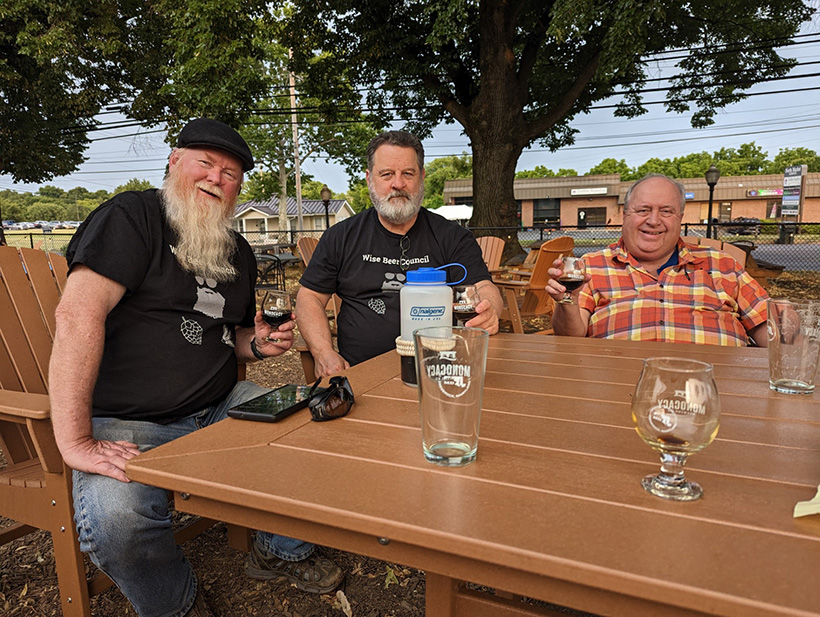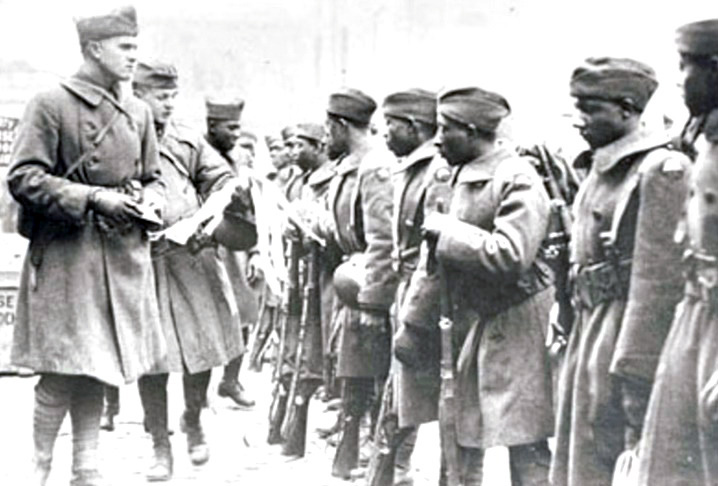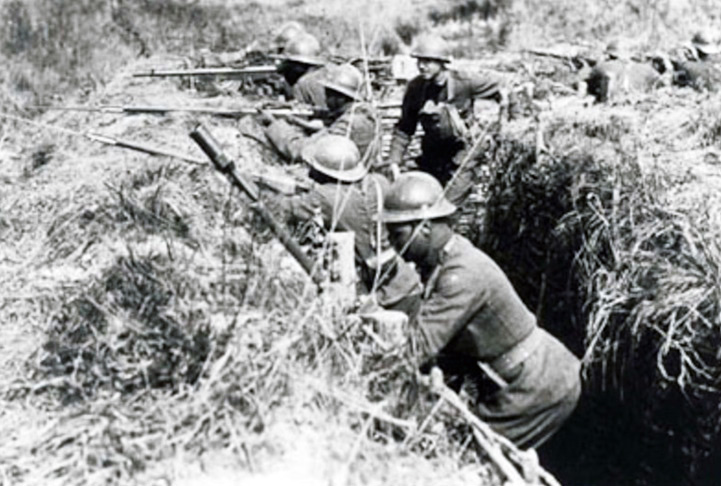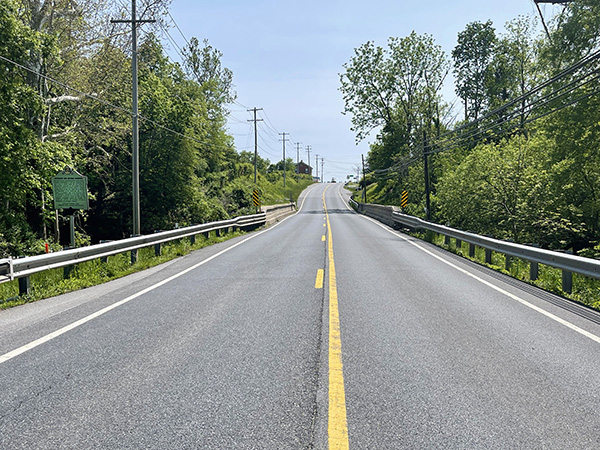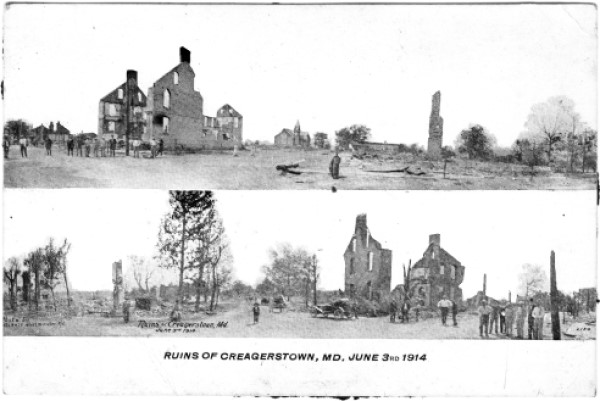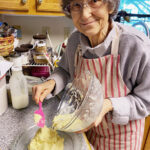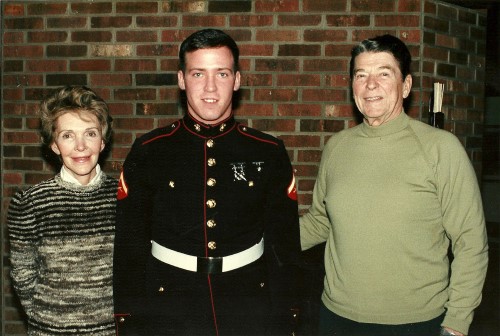by Ava Morlier, Culinary Arts Writer
Tired of the basic BBQ sauce to flavor your cut of meat? Dry rubs drying out your food? Try making today’s recipe: a marinade! Though it is an extra step to flavoring your preferred cut of meat, marinades are useful for more than just flavoring meat. Marinades act as great tenderizers, cut down on cooking time, and ensure the cut of meat is juicy. How do marinades work? Well, a basic marinade consists of three parts: acid/enzymes, oil, and seasonings. Acids and enzymes do most of the heavy lifting when it comes to breaking down your meat so that it’s tender. Acids cause the proteins within the meat to unwind, causing the meat to become more tender. However, acid is very strong, so when making a marinade with an acid (like the one in the recipe below), make sure to marinate the meat for less time (or use an oil to slow down the process). You can use citrus juices, vinegars, and even alcohol to get the job done.
Unlike acids, enzymes break down the proteins in meat to tenderize. This means that it takes less time to tenderize the meat. Just be careful about how long you let your meat tenderize in an enzyme-based reaction: it can turn your meat into jelly!
Where can you find such enzymes? The main enzyme, protease, can be found in a variety of fruits (mainly raw pineapple, honeydew melon, kiwi, figs, and papaya). You can also use yogurt or buttermilk to break down your cut of meat. The combination of low acidity, enzymes, and fat make a fantastic element to any marinade (with the low acidity meaning the marinade isn’t as harsh, and the natural incorporation of fat giving the meat flavor).
Now, for the second part: oil/fat. Fat gives the marinade flavor and prevents it from sticking to a cooking surface. Any type can be used: canola, olive, or peanut; or use other sources of fat: mayonnaise, margarine (like today’s recipe), or buttermilk.
Finally, the seasonings. Though the fat does provide some flavor, seasonings finish off the marinade with spice. Use any dry spice or herb desired. Need to incorporate salt? Use a salt-infused liquid, like Worcestershire sauce or soy sauce. Using liquid allows the meat to become juicer; the use of dry salt will dry out your cut of meat. You can also incorporate an element of sweetness into the meat with the use of honey, maple syrup, or molasses.
Want to make your own marinade? Keep in mind to use one part acid or enzymes to three parts oil, plus seasonings.
How should you marinate your meat? Primarily, use one cup of marinade to one pound of meat. Make sure to completely submerge the meat in the marinade, and let marinate in the refrigerator in a non-reactive sealable container (such as a plastic container or zip-top bag). Want to make sure the marinade penetrates every inch of the meat? Pound the meat with a meat tenderizer or meat mallet so that it is nice and thin. The thin meat means more surface area to penetrate.
Not all meat is equal! Marinade times differ depending on the meat. Fish requires about 30 minutes to marinate (thanks to its thin shape), while pork and chicken can take anywhere from 2 hours (for acid based marinades) to 12 hours, and beef and lamb can take anywhere from 3-24 hours. Confusing? Feel free to use a recipe to marinate your preferred cut of meat; it will provide guidance for the best time to marinate based on ingredients and meat used.
Don’t just stop at meat to use marinades. Marinate vegetables for a flavor pick-me-up! Today’s marinade recipe utilizes vinegar for acid (as well as a delicious tangy flavor), margarine for fat, and a combination of spices for flavor (hot sauce for a kick of spiciness, Worcestershire for salt, and black pepper and garlic salt for spice-based flavor). Enjoy the tangy and spicy flavors of this marinade (or have fun making your own)!
Hot & Tangy Chicken Marinade
Ingredients
⅔ cup water
⅔ cup white wine vinegar
1 tbsp. black pepper
2 tbsp. garlic salt
2 tbsp. Worcestershire sauce
1 tbsp. hot sauce
3 tbsp. margarine or butter, melted
4 (10 ounce) bone-in chicken breast halves
Tools Needed
Dry and liquid measuring utensils, spoon, large zip-top plastic bag or plastic sealable container.
Instructions
Combine water, vinegar, pepper, salt, Worcestershire sauce, hot sauce, and butter in a zip-top plastic bag or plastic sealable container. Shake to mix well.
Add chicken, seal well, and place on the bottom-most compartment of the refrigerator for 4 hours.
Take out and set aside. Discard liquid. Grill, bake or saute until the middle is no longer pink and serve!
*With credit to Marinade information credit to the articles “How to Marinate Meat, Chicken, Seafood and Vegetables” by Carl Hanson and the allrecipes editors on allrecipes.com and “The Science of Marinades” by Catherine Hu on discovermagazine.com; recipe credit to Wendy Shirley’s Vinegar Grilled Chicken recipe on allrecipes.com.

